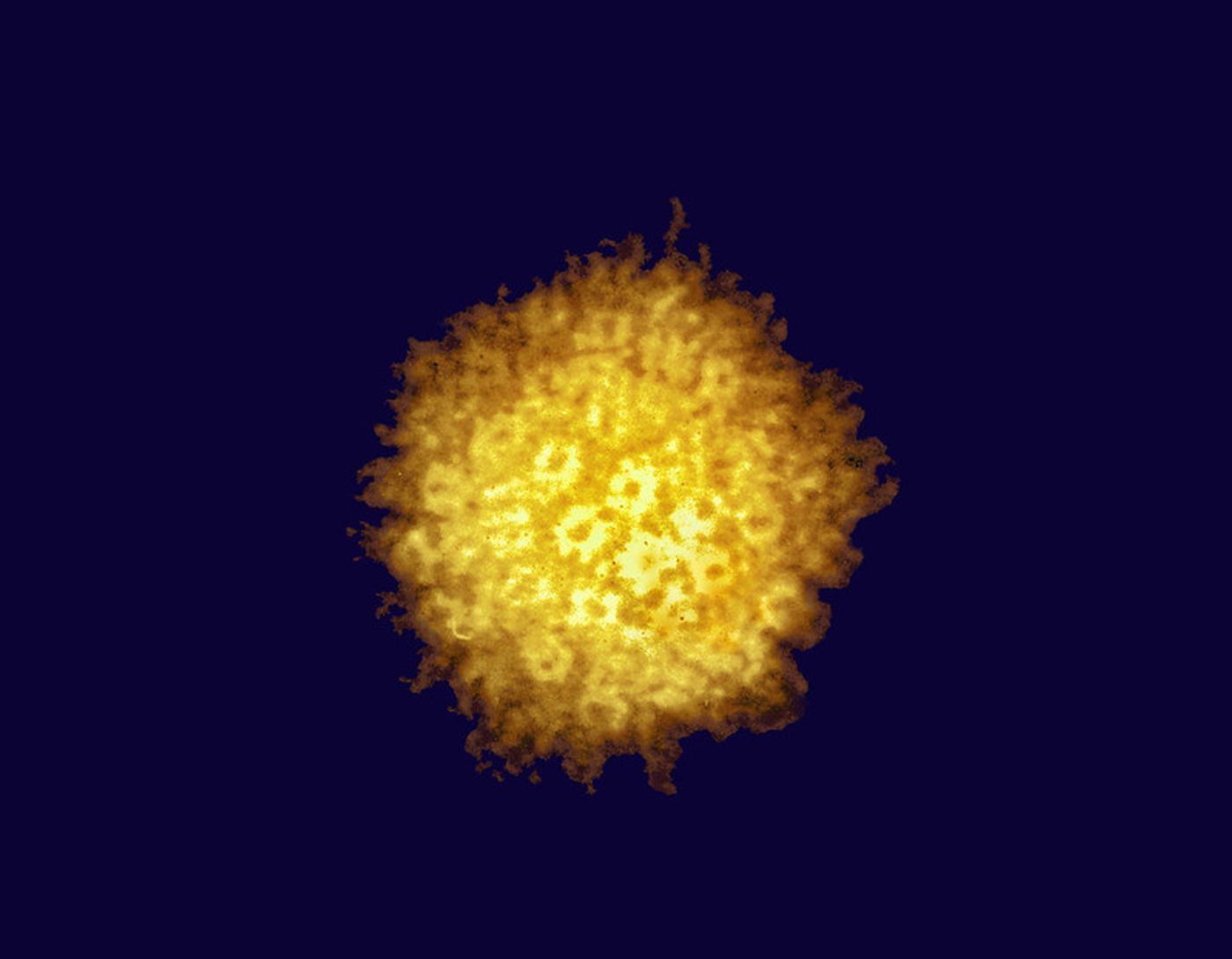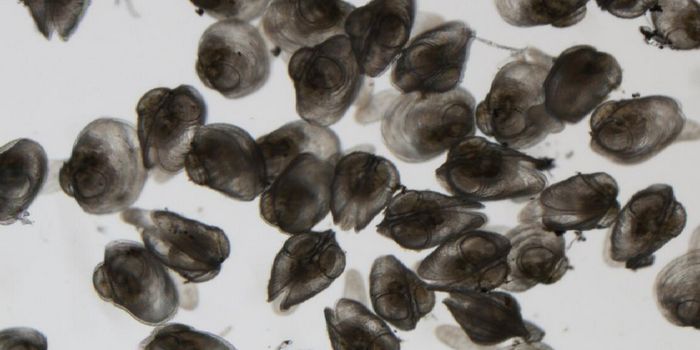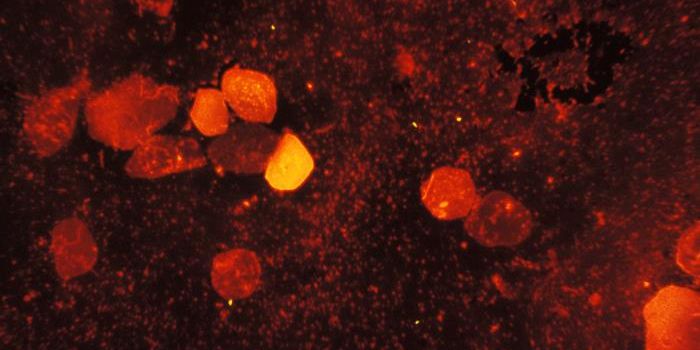How the Cold Sore Virus Moves Through the Brain
For many years, scientists have known that the herpes simplex virus-1 (HSV-1), which causes cold sores, can take up residence in parts of neurons in the peripheral nervous system. Stress can even reactivate these latent HSV-1 infections, at which time the virus goes back to the original site of infection like the lips or eyes. In some unusual cases the virus can also move to the brain to cause a disorder known as herpes simplex encephalitis.
Recent research has also determined that herpes simplex virus infections, taking HSV-1 and HSV-2 together, appear to double the risk of Alzheimer's disease. Mouse models have also indicated that HSV-1 infections can lead to cognitive problems and neurodgeneration. While these associations have been established, scientists have not yet shown that HSV-1 can lead to Alzheimer's.
In a new study reported in the Journal of Virology, scientists have revealed how HSV-1 can penetrate the brain. This study can help us understand how this virus may be causing neurodegeneration.
"Recently, this common virus has been implicated in neurodegenerative diseases, such as Alzheimer's disease, but no clear route of central nervous system invasion has been established," said corresponding study author Christy Niemeyer, PhD, an assistant professor at the University of Colorado Anschutz Medical Campus. "Identifying how HSV-1 can get into the brain and what brain regions are vulnerable is key in understanding how it initiates disease."
This work showed that HSV-1 moved to parts of the brain the generate the neurotransmitters serotonin and norepinephrine. HSV-1 was also identified in a crucial part of the brain called the hypothalamus, which helps control some basic functions like appetite, mood, sleep, and the release of various hormones.
Niemeyer noted that while the virus is not causing encephalitis, or brain swelling in these areas, it could be affecting their function.
There are immune cells known as microglia in the brain that can help fight off infections. This study also indicated that HSV-1 can trigger inflammation in microglia, and that inflammation can persist even after the virus has been eliminated. This type of persistent inflammation is known to promote neurodegeneration and neurological diseases, noted Niemeyer.
"This research offers important takeaways in better understanding how viruses interact with overall brain health as well as the onset of pervasive neurological diseases," Niemeyer added.









